L’European Union approved a law providing for the stop to endothermic engines from 2035: in twelve years, we will only register electric cars. But what does the new law, contested by the Italian government, foresee? What is the impact on the labor market? Will there be incentives to change our vehicles? Here’s everything you need to know.
Electric cars, what changes from 2035?
The plenary assembly of the European Union has approved with 340 votes in favour, 279 against and 21 abstentions. Something the Italian Government is criticizing, Transport Minister Salvini has called it a “crazy choice” and Italy seems to intend present alternatives to Parliament. But for now, the law has passed: from 2035 it will no longer be possible to register vehicles with internal combustion engines.
To better understand this rule, which could change the way we move forever, here are some points to clarify.
Only electric cars and zero emissions from 2035
The legislation approved by the European Parliament will concern all internal combustion engine vehicles. In other words, all those that burn fossil fuels: diesel, petrol but also hybrids. Only cars with zero emissions will be able to receive registration from 2035: therefore electric cars, but also hydrogen and biofuels. Something that could make a difference for i buses, trucks and trucks – which, however, have different timing. Buses will have to be zero-emission by 2030 in urban areas and trucks and lorries will have to reduce their emissions by 90% by 2040.
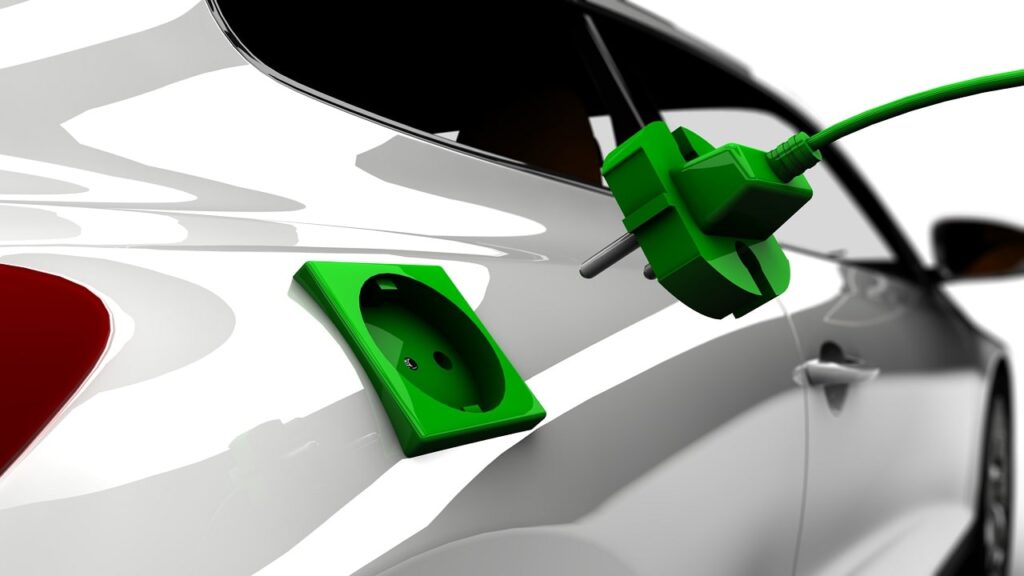
This means that the car market will change completely by 2035. Many petrol (26.5%) and diesel (19%) cars are registered in Italy, while only 2.5% are pure electric. Especially since there are many hybrids. Mild hybrids (a small electric motor supporting the traditional one) account for 26.7%, hybrids account for 10% (the electric motor recharges when braking) and plug-in hybrids (you can recharge at the socket) account for 4. 7%.
The Italians and the electrics
In recent years, it seems that Italians are increasingly enjoying electric cars – but they are far behind other European markets heading into 2035. Registrations grew by 19% in January 2023 compared to the same month last year, but those of electrics have decreased.
In fact, Italy is last in terms of electric car registrations, with 2.5%. For comparison: we are at 21% in Austria, 18% in Switzerland, 13% in Germany and about 10% in the United Kingdom, 5.9% in Spain. Despite this, Italians seem to appreciate above all our local products: the Fiat 500E in fact it is first among the best-selling electric cars in our country. They follow Smart Fortwo, Renault twingo, Tesla model Y, Volkswagen Id.3.
Will electric car charging stations be ready by 2035?
At the moment, in Italy there are 36,772 charging stations, distributed in 19,335 infrastructures located in 15,048 places in our country. There are 496 high-speed charging stations in the motorway charging network. These columns are essential for long journeys and for those who travel for work: people for whom it would be unthinkable to just recharge the car at home overnight.
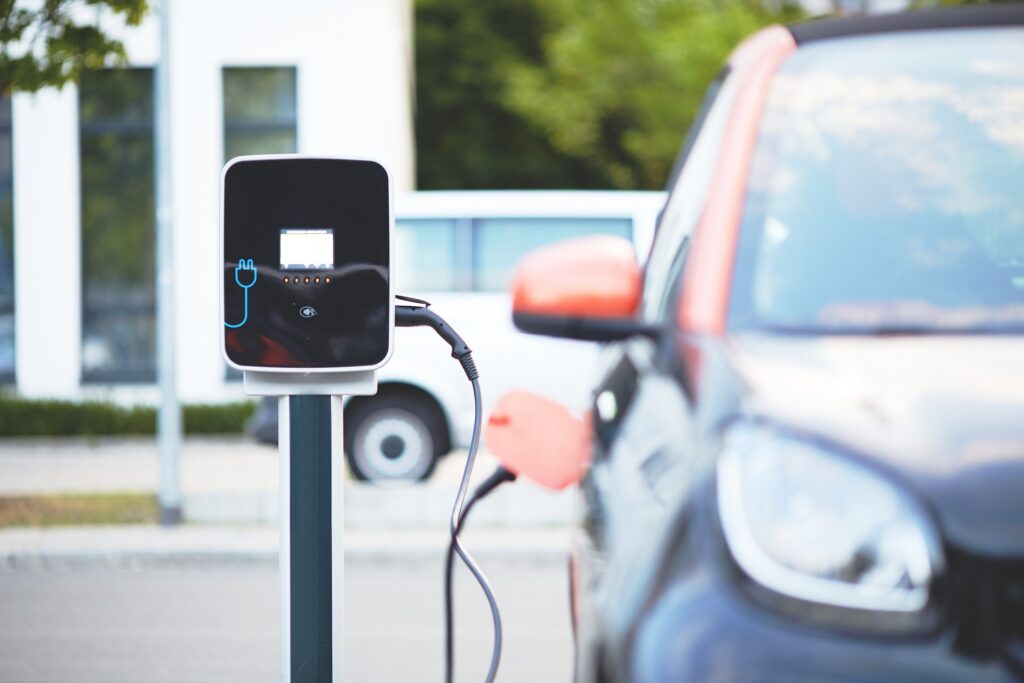
However, they are on the rise. The National recovery and resilience plan (Pnrr) provides for 741 million euros to install another 20,000 new columns by 2026, as Wired reports. There will be 7,500 on the highways and over 13,000 in the cities.
There are also many private investments. Enel X Way expects to reach 30,000 charging points by 2025, Ewiwa wants to invest 200 million, Eni aims at 1000 columns within five years ed Electra aims for 200 million euros and 500 hubs in three years. To these are added those of Teslawhich does not communicate numbers in this regard.
What incentives are there – and will be
In 2023 the government bonus is worth 630 million euros, but it’s not all full electric. Indeed, only 190 million go to the range with emissions between 0 and 20 grams of carbon dioxide per kilometre. 235 million go to the 21-60 gram range (plug-in hybrids) and 150 million for the 61-135 gram range.
At the moment, however, it is impossible to assess what incentives this government (and future ones) can implement for the electricity transition in the coming years. The Government seems to want to oppose the European legislation for the moment. But also the change proposed by some members of the Executive – such as Tajani – provides for almost all electric registrations in 2035. So, in any case, it seems that some incentives should come.
Only electric cars by 2035: the impact on work
At present, fewer cars are produced in Italy than in the recent past. Stellarfor example, assembles 685,753 cars – in 2016 they were over a million. Ferrari delivered 13,221 cars while Lamborghini 9,233. The vast majority are not full-electric.
A study by Clepa reports that it is possible risk in a drop of 60,000 jobs between now and 2040 in Italyeven 275,000 in Europe. But a search by Motus-E together with Cami, instead finds jobs could increase by 6% if we invest in the transition.
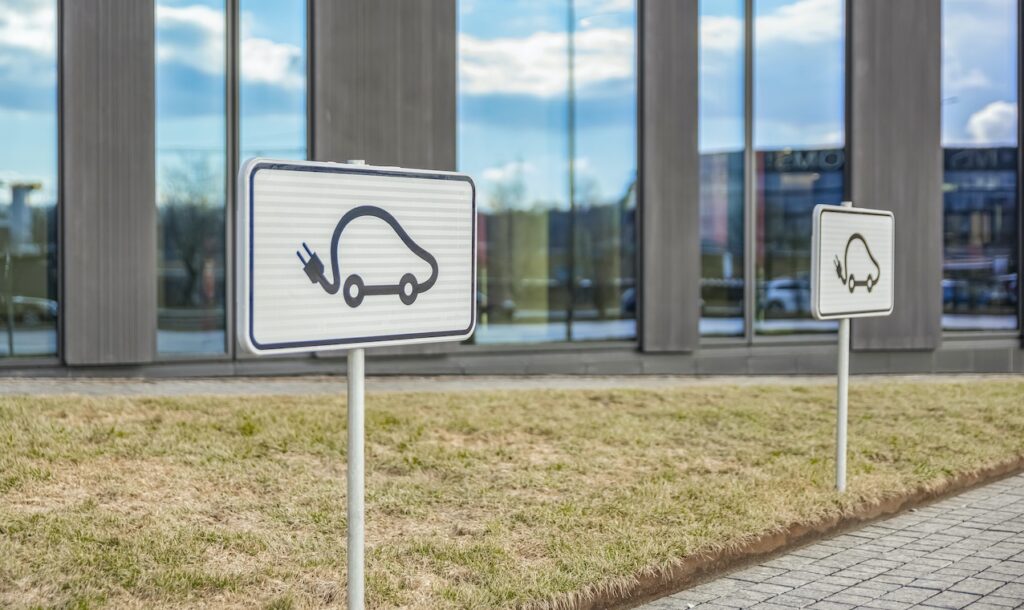
The situation will therefore depend on the programmatic intentions of the public and private individuals. For example, it seems that Ford wants to cut 3,800 jobs in Europe, but it is also hiring 2,500 people to produce batteries in the United States.
Stellarfor example, wants to build a Termoliwhere it now assembles internal combustion engines, a 40 Gigawatt hour gigafactory which will be operational in 2026. While at Mirafiori will build a center for the recycling of accumulators.
The road to 2035 will therefore be rather complicated, but a transition to electric, hydrogen or zero-impact cars seems fundamental for environmental sustainability. And it seems that big companies are already investing in this technological breakthrough. The next 12 years will be fundamental: Italy must catch up.
Source
Corriere della Sera






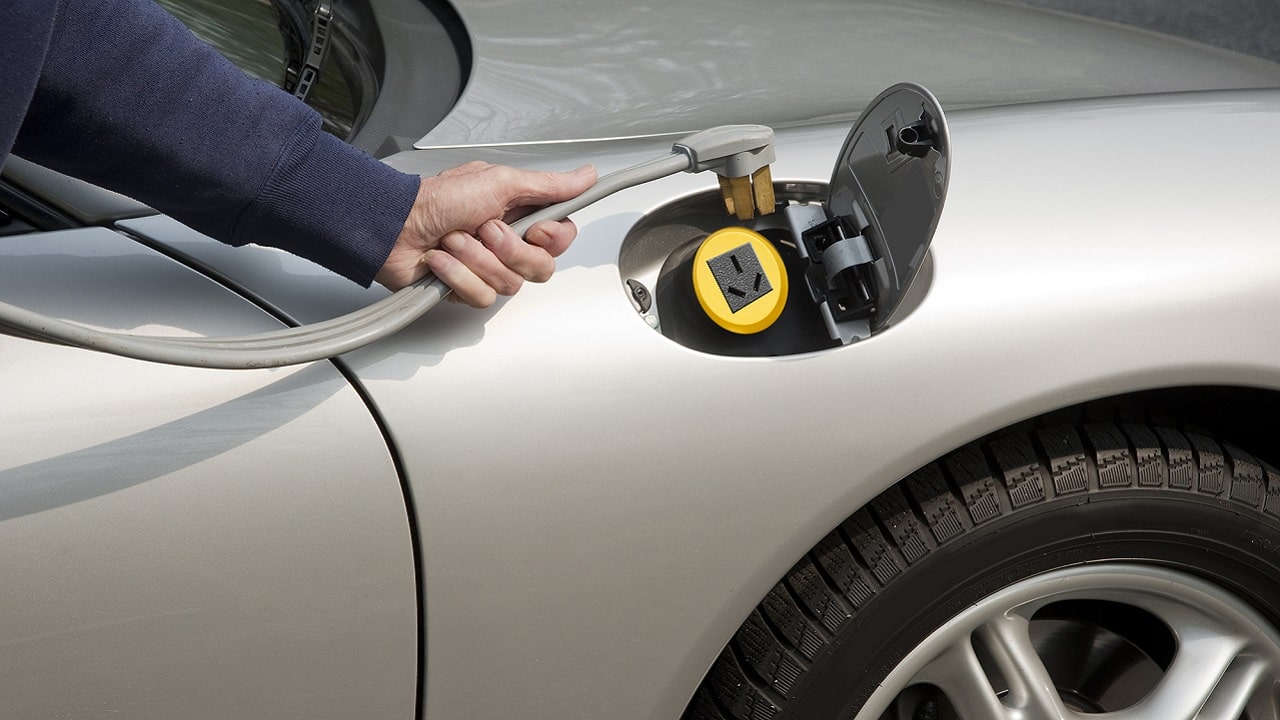





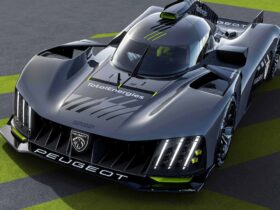
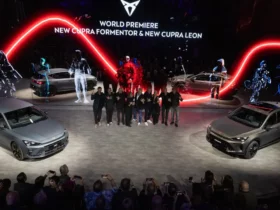


Leave a Reply
View Comments